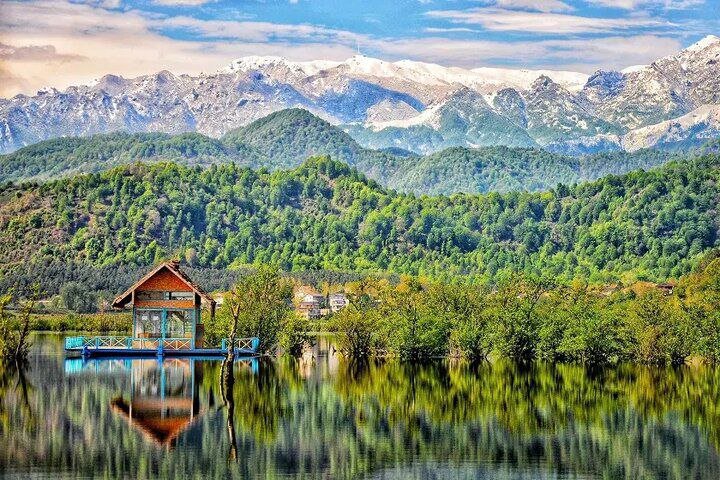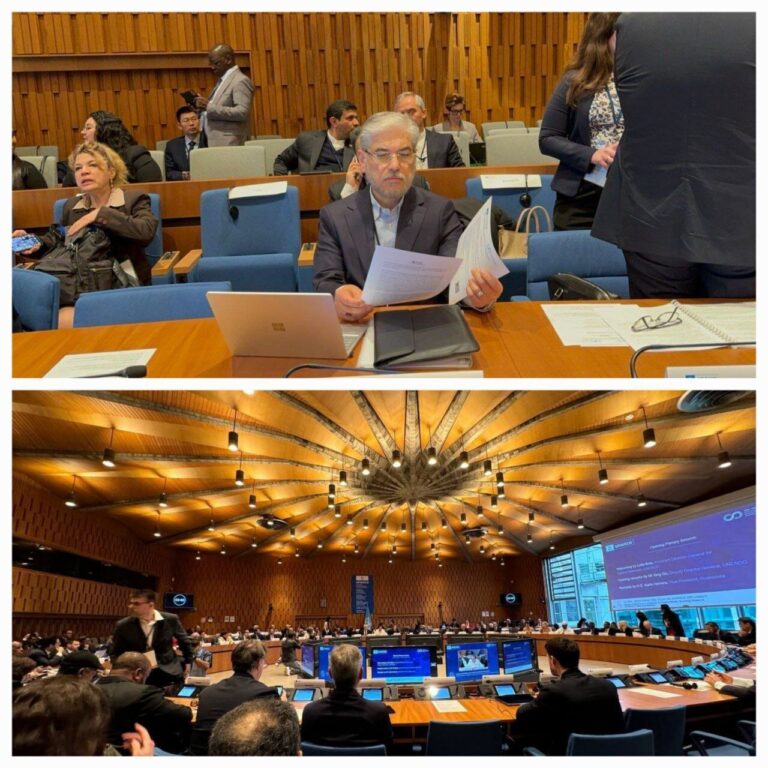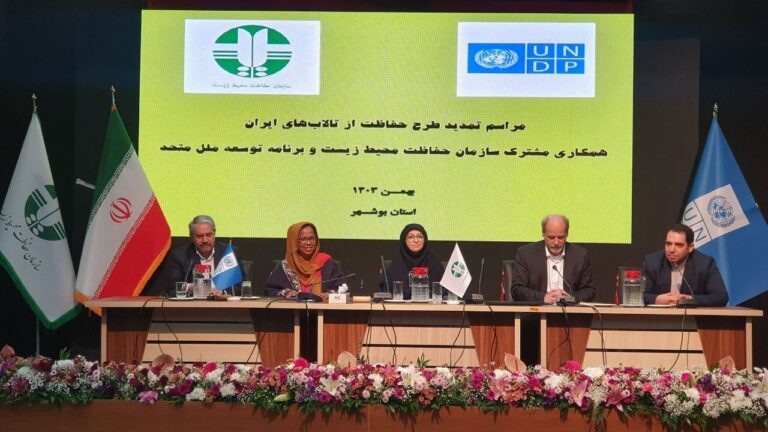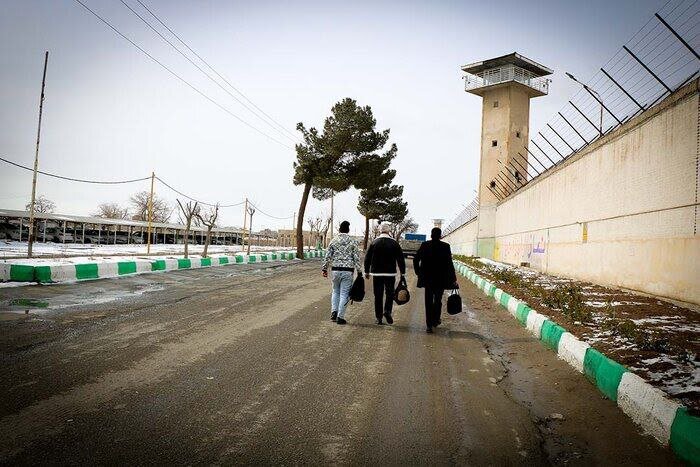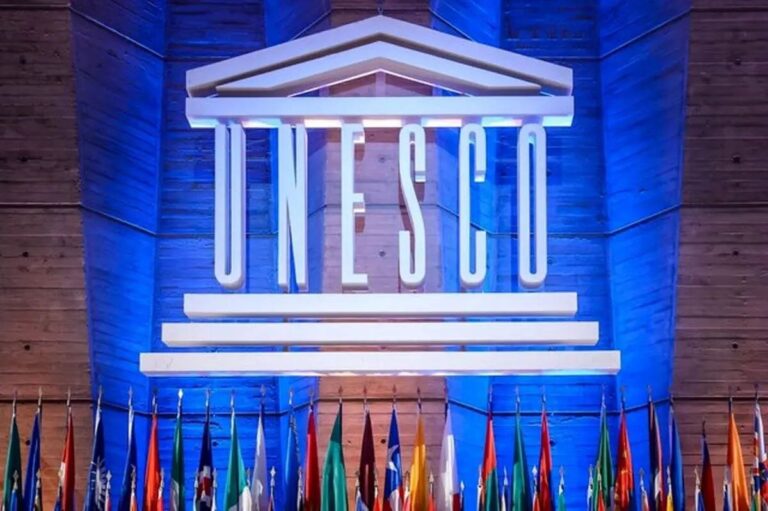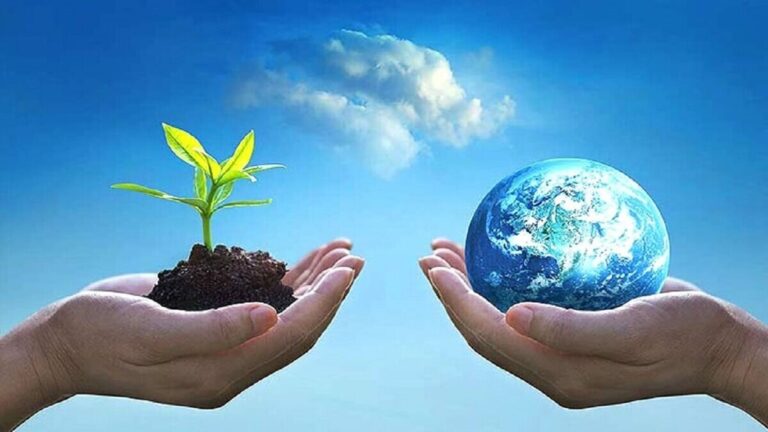World Wetlands Day 2023: Safeguarding Our Future by Protecting Vital Wetlands!
Every year on February 2nd, the world comes together to recognize the significance of wetlands on World Wetlands Day. This global event aims to raise awareness about the importance of these ecosystems and enhance public understanding of their critical role in sustaining biodiversity and human life. The theme for World Wetlands Day 2025 is “Protecting Wetlands for Our Common Future.”
Wetlands are unique ecosystems where water plays a crucial role in shaping the environment and supporting diverse plant and animal species. A broad definition of wetlands encompasses various freshwater and marine ecosystems, including:
- Lakes and rivers
- Underground aquifers
- Swamps and marshes
- Wet grasslands
- Peatlands
- Oases
- Estuaries
- Deltas and tidal flats
- Mangroves and coastal areas
- Coral reefs
- Human-made sites like fishponds, rice paddies, reservoirs, and saltpans
The ecological and economic significance of wetlands cannot be overstated. They provide a variety of benefits and services, including:
- Environmental contributions: Supporting biodiversity and ecosystem health
- Climate regulation: Mitigating the impacts of climate change
- Social benefits: Offering recreational and aesthetic value
- Economic services: Supporting tourism and job creation
Despite covering only about 6% of the Earth’s land surface, wetlands are home to nearly 40% of all plant and animal species. This biodiversity is essential for human health, food supply, tourism, and job opportunities.
Wetlands are indispensable for both human survival and environmental sustainability. They provide vital ecosystem services, such as:
- Water regulation: Controlling floods and purifying water
- Livelihood support: Over a billion people worldwide depend on wetlands for their survival, representing about one in eight people on the planet.
However, the alarming reality is that nearly 90% of the world’s wetlands have faced degradation since the 1700s, with losses occurring at three times the rate of forest degradation. This situation underscores the urgent need to raise both national and global awareness about wetlands and to encourage initiatives aimed at conserving and restoring these invaluable ecosystems.
In a recent development regarding wetland conservation, a project initiated in Iran has demonstrated significant outcomes. On December 10, 2024, Mehri Asna-Ashari, an official from the Department of Environment (DOE), reported that the conservation project has led to a remarkable 27.5% reduction in irrigation water consumption while simultaneously increasing agricultural production by 22.5%.
According to Asna-Ashari, “Currently, 49 wetlands, covering around 22% of the whole wetlands in the country, are being conserved in the form of native ecosystem management partnership,” as quoted by IRNA. This initiative is part of an international project focused on the conservation of Iranian wetlands.
Since the project’s inception in 2021, efforts have been concentrated on three key wetlands: Shadegan in Khuzestan province, Bakhtegan in Fars province, and Urmia in West Azarbaijan province. The implementation of sustainable farming practices has resulted in training for 2,433 farmers. As of February 2024, the outcomes indicate:
- Average agricultural production: Increased by 22.5%
- Irrigation water consumption: Decreased by 27.5%
- Chemical fertilizer usage: Reduced by 25-30%
- Farmer income: Increased by 14%
Additionally, the establishment of 26 non-governmental organizations (NGOs) and 181 livelihood support groups, along with the implementation of alternative livelihood plans in 44 villages, are among the notable achievements of this project.
Asna-Ashari also mentioned, “In 2024, the project was implemented with a budget of 678,000; we hope the project further yields positive outcomes with the allocation of the new budget.” She noted that while the financial contribution from the government was received with some delay and was insufficient, further collaboration is required.
For the successful execution of the project, cooperation among various ministries, including Agriculture, Energy, Interior, Foreign Affairs, Planning and Budget Organization, as well as the United Nations Development Program, is essential.
In Iran alone, there are 141 wetlands recognized for their ecological importance, covering over 3 million hectares. Among these, 25 wetlands are classified as internationally significant according to the Ramsar Convention, encompassing more than 1.4 million hectares, with four areas designated as biosphere reserves.
As we commemorate World Wetlands Day, it is crucial to recognize the pressing need for the conservation of these vital ecosystems. By prioritizing wetlands, we not only protect our planet’s biodiversity but also ensure a sustainable future for generations to come.
